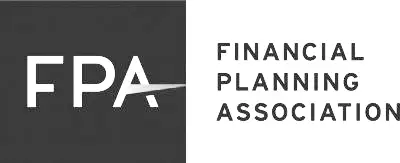The CARES Act has three major changes to retirement withdrawals within this landmark piece of legislation. On this episode, you’ll learn what CRD’s are, who are qualified individuals, and how to note CARES Act withdrawals on your tax return. Join us to hear about financial opportunities that you may not have considered.
Retirement Planning Changes with the CARES Act?
Because of the difficult time Americans will have from job losses, furloughs, lay-offs, and the mandatory closing of workplaces, the goal of the CARES Act was to make it easier for citizens to access money during these stresses. The CARES Act makes retirement account withdraws easier and more accessible without the standard early withdrawal penalties.
$100,000 Coronavirus Related Distributions
Coronavirus related distributions or CRD’s allow for qualified individuals to take up to $100,000 from their retirement accounts during the period of January 2020 to January 2021. This withdrawal for qualified individuals is taxable, but you have the option to pay the taxes on these withdrawals over a period of 3 years. It’s easy to remember what the CRD’s offer by thinking of the 3 R’s.
- Relief – The CARES Act offers relief from the standard 10% penalty when you pull money from an IRA or 401K.
- Repay – You can repay the withdrawals back over a 3 year period without owing any tax on the amount withdrawn.
- Regimented – The taxes from these withdrawals can be spread and paid over a 3 year period.
Who are qualified individuals?
The CRD’s are only available to qualified individuals, but who exactly can qualify for these withdrawals? You can qualify if you or your spouse has been diagnosed with COVID-19 or if you have experienced a loss of income during this time. You may have experienced a job loss, a reduction of hours, or an inability to work due to lack of child care. If you do qualify for a CRD you’ll want to examine all of your options before you make this choice. Make sure to work with a professional to see if this is the best choice for you.
This year you do not have to take an RMD
The government doesn’t want to force you to sell your stocks at lower prices, so for 2020 RMD’s will not be required for anyone. If you have already taken your RMD for the year you can even pay it back. Listen in to learn how. Instead of taking your RMD, you may want to consider doing a Roth conversion.
Retirement Plan Loans
The CARES act also expanded the old $50,000 limit on 401k loans to $100,000 allowable limit or the maximum value of the account, whichever is lower for those plans that offer loans. This is for loans taken before September 23, 2020. You’ll want to check with your company however, as companies are not required to offer this amount. Loan repayments for current 401k loans between March 27 and December 31 can be suspended for one year.
Outline of This Episode
- [1:27] $100,000 withdrawal for qualified individuals
- [4:46] Examples of how to use your withdrawals
- [5:55] Who are qualified individuals?
- [8:00] This year you do not have to take an RMD
- [13:10] Make sure to note the CRD on your tax return
Resources & People Mentioned
- Episode 108
- Morningstar – The 411 on RMDs for 2020
- Ed Slott – CARES Act Relief for Retirement Distributions and Plan Loans
Connect With Chad and Mike
- https://www.financialsymmetry.com/podcast-archive/
- Connect on Twitter @csmithraleigh@TeamFSINC
- Follow Financial Symmetry on Facebook






